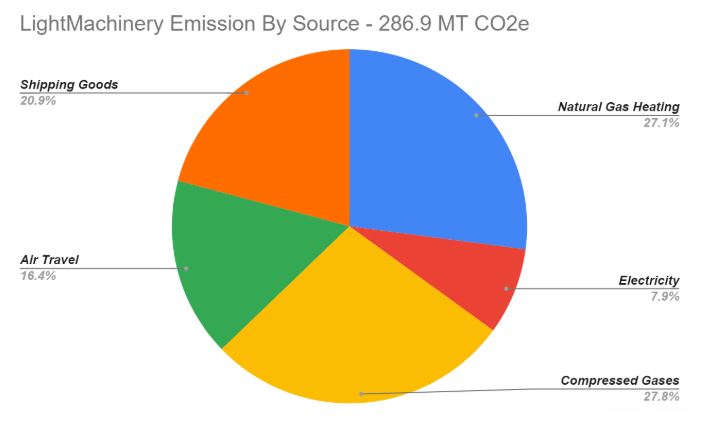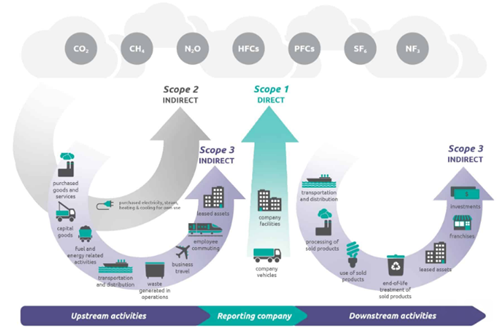LightMachinery is Roughly Carbon Neutral
LightMachinery has a lot of stakeholders; customers, employees, owners, suppliers, regulators and society at large. We do our best to act honestly and responsibly with all of our stakeholders. This approach has served us well. While we strive to make great products and treat our employees fairly, it is important that we do our best to not damage the planet while we do that. As part of this approach we want to ensure that our greenhouse gas emissions are reduced and we achieve carbon neutrality. Calculating our company's greenhouse gas emissions was an interesting process, we based our calculations on the GHG Protocol, which are the world's most widely used greenhouse gas accounting standards and it looks something like this.
Crunching the numbers, LightMachinery's carbon footprint we arrived at this
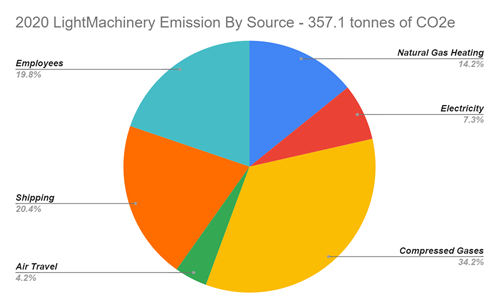
The analysis is not perfect but we think it is pretty close. Ontario's clean electricity helps, as does minimizing air travel and consolidating our shipping of incoming and outgoing products. We have not included our employee's commuting and there are surely some other small sources of GHG that add up to something significant, so we rounded up to 360MT of CO2 emissions in 2020. To achieve rough carbon neutrality we have purchased CSA Standard carbon offsets. CSA Standard offsets are probably not perfect but a lot of effort is put into ensuring that the projects are well designed and monitored for impact.
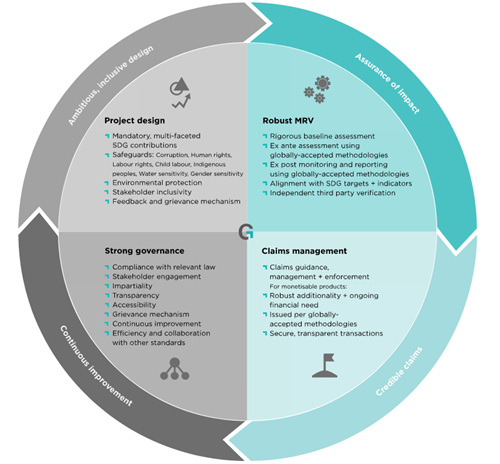
From https://www.goldstandard.org/
For 2020 we choose to purchase our offsets via a landfill gas capture and destruction project here in Ontario which will prevent the release of CO2 from the Essex-Windsor Regional Landfill.
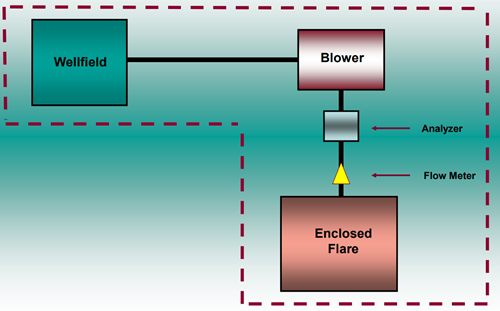
As we go forward we expect the cost to offset our carbon emissions will increase but hopefully we will also be able to reduce our emissions and continue to make lasers and optics and spectrometers while treading lightly on our planet.
As a step to reduce our emissions, we installed a rooftop chiller system in 2020. This will allow us to make use of the free cooling offered by the Canadian climate for 5 to 6 months of the year.

